An engineering verification test (EVT) is performed on first engineering prototypes, to ensure that the basic unit performs to design goals and specifications.[1] Verification ensures that designs meets requirements and specification while validation ensures that created entity meets the user needs and objectives
In the prototyping stage, engineers create actual working samples of the product they plan to produce. Engineering verification testing (EVT) is used on prototypes to verify that the design meets pre-determined specifications and design goals. This valuable information is used to validate the design as is, or identify areas that need to be modified.
Developing a prototype of your product allows you to bring your product to life for the first time and test it in its market. Your investment in market testing your prototype will help you prepare your product for market entry.
There are plenty of ways to test your idea on a theoretical level, but you won’t know for sure that it works until the product is in a user’s hands. Testing your prototypes is a surefire way to get early feedback from end users.
Improve and streamline
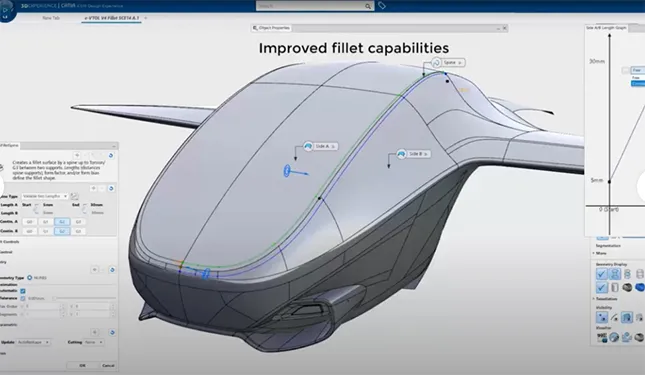
Prototypes are functional designs that allow you to test and refine your product. Designing, testing, and tweaking prototypes allows you to eventually build a version of the product that meets all your goals. According to Prototypes,you can get early feedback from customer. The sooner you hear reviews and constructive criticism, the easier it is to fix mistakes and fine-tune the product. Furthermore, refining your product early helps you avoid recalls and other post-launch problems. Fixing a mistake or even improving a product after it’s already on the market costs a lot more time and money than improving a prototype.
Most products go through countless prototypes before landing on their final design. Each prototype—even the flawed ones that you inevitably throw away—is a crucial part of creating a successful end product.
Why Choose Vowin?
Saving Your Time
The lead time is 40% faster than other factories.
Advanced equipment and efficient production process——faster manufacturing and shorter lead times.
Effective communication on product solutions by experienced engineering team—— quick response within a few hours.
Saving Your Cost
You will save 20-30% of the cost
14 Years focused on Prototyping And Manufacturing with extensive industry experience - - excellent production capacity and cost control system
One-stop service will shorten your supply chain-----fast turn around product
Reduce Your Risk
You will reduce risk and 70% works
Professional inspection department and testing equipment (CMM, flash tester, profiler)-quality is guaranteed
One-stop service will shorten your supply chain-----fast turn around product
Non Disclosure Agreement available.
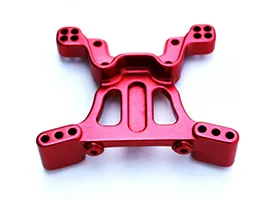
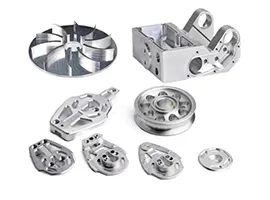
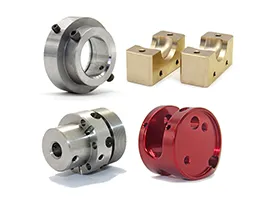
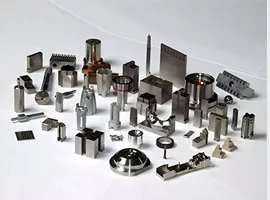
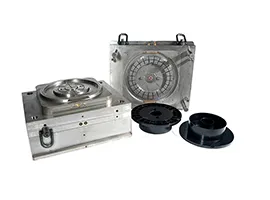
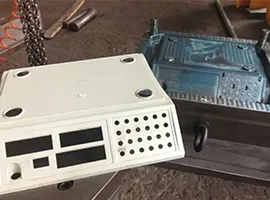
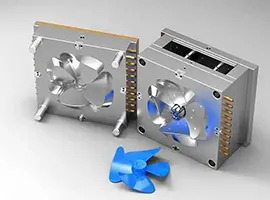
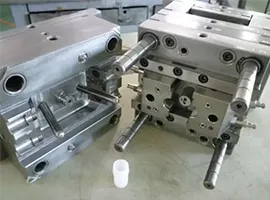
FAQ
1.How to deal with surface treatment problems?
Sample color identification and dispensing ensure batch color consistency, strengthen manual inspection, avoid the defective products.
2.What is the best pre-treatment for prepping Aluminium castings?
Sandblasting Aluminium castings prior to finish is most common. E-coating would be a great economical operation. Chemical film is another treatment. It acts as an excellent primer for wet coat finishes on Aluminium.
3.How surface finishing works?
Almost all surface finishing processes improve either the aesthetic appearance of the product or its mechanical or chemical properties. Each surface finishing process achieves this in a slightly different way.
4.How much material is removed during the Sandblasting process?
During the Sandblasting process, the surface of a part is peened off, no part material is removed or lost at all. This process is typically used to soften parting lines or eliminate any sharp edges that could impact your line workers in the assembly process. It can also be used to give a uniform finish.
5.What the benefits of surface finishes?
Improve the appearance of your finished products, Improve resistance to wear and tear, Ensure good adhesion of paint, Meet your brand requirements...


